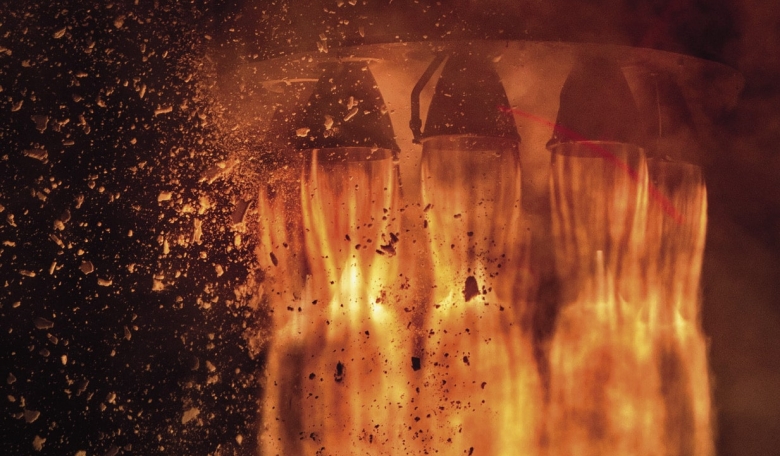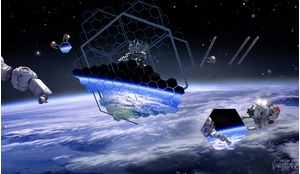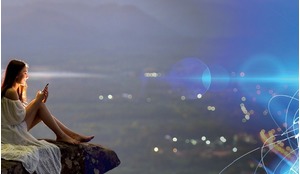In its history as an oxidiser for rocket propulsion, nitrous oxide has been both the villain and the hero of the story. It has been hailed as an eco-friendly alternative to push rocketry into a greener and more sustainable age but, when handled improperly, has resulted in horrendous accidents. This article explores the past, present and future for this well-known but sometimes misunderstood propellant and presents the authors’ vision for its application in commercial space exploration.
Nitrous oxide is a colourless, non-toxic, easily liquefied gas with a slightly sweet taste and odour. Reportedly first discovered in 1772, it was later called ‘laughing gas’ because of its effect on the people who inhaled it. Nitrous oxide’s chemical formula is N2O and it is also referred to as dinitrogen oxide, or dinitrogen monoxide.
Nitrous oxide is non-corrosive, stable and comparatively unreactive at ordinary temperatures, and is therefore compatible with common structural materials. It is stored as a liquid, having a density of ~745 kg/m3 with a vapour pressure of ~51 bar at a temperature of 20C, and is classified by the US Department of Transportation as a non-flammable compressed gas and shipped with a ‘Green Label’.














